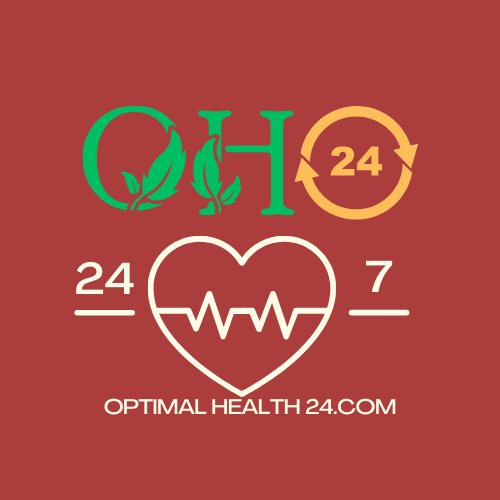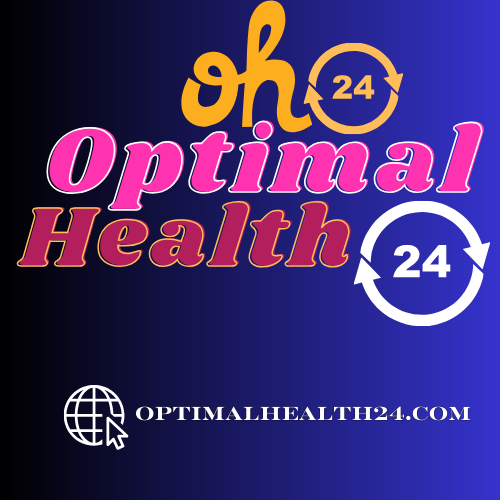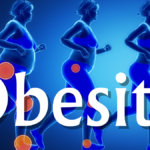Geostatistical Infection Mapping: Unveiling Patterns and Insights
In the realm of epidemiology, geostatistical infection mapping has emerged as a powerful tool, providing a spatial perspective on the distribution of infections. This article delves into the intricacies of geostatistical infection mapping, its methodologies, applications, and the valuable insights it offers to public health.
1. Introduction
Understanding the spatial distribution of infections is crucial for effective public health planning and intervention. Geostatistical infection mapping combines geography and statistics to analyze the geographic variation of infections, offering valuable insights into patterns, hotspots, and potential risk factors.
2. Methodologies in Geostatistical Infection Mapping
Spatial Interpolation Techniques
Geostatistical methods utilize spatial interpolation techniques to estimate infection rates in areas lacking direct measurements. Methods such as kriging and spatial autoregressive models help create continuous infection maps, providing a comprehensive view of the landscape.
Geographic Information Systems (GIS) Integration
The integration of GIS technology allows researchers to overlay infection data with various geographic layers, such as population density, environmental factors, and healthcare facilities. This integration enhances the depth of analysis and helps identify spatial relationships.
3. Applications of Geostatistical Infection Mapping
Disease Surveillance and Monitoring
Geostatistical mapping aids in real-time disease surveillance by visualizing the spatial spread of infections. This proactive approach enables early intervention and resource allocation to areas with higher infection rates.
Identifying Hotspots
By pinpointing infection hotspots, geostatistical mapping allows health authorities to focus targeted interventions. This is especially critical in controlling infectious disease outbreaks and allocating resources efficiently.
Understanding Environmental Contributors
Analyzing the spatial distribution of infections about environmental factors provides insights into potential contributors. This knowledge can guide public health policies addressing sanitation, water quality, and other environmental determinants.
4. Challenges in Geostatistical Infection Mapping
Data Quality and Availability
The accuracy of geostatistical maps heavily relies on the quality and availability of infection data. In regions with limited healthcare infrastructure, obtaining accurate and up-to-date data can be a challenge.
Spatial Scale Considerations
Choosing an appropriate spatial scale for analysis is crucial. Factors like administrative boundaries and population density can impact the interpretation of infection patterns, requiring careful consideration during mapping.
5. Future Trends and Innovations
Integration of Machine Learning
The integration of machine learning algorithms with geostatistical methods is an emerging trend. This synergy enhances predictive modeling and allows for more accurate forecasting of infection spread based on historical data and dynamic variables.
Crowdsourced Data and Citizen Science
The incorporation of crowdsourced data and citizen science initiatives contributes to a more comprehensive understanding of infection patterns. Mobile applications and community involvement can provide real-time data for mapping efforts.
6. Implications for Public Health Policies
Informed Decision-Making
Geostatistical infection mapping equips policymakers with evidence-based insights, fostering informed decision-making. By understanding the spatial distribution of infections, authorities can tailor interventions to specific regions, optimizing resources.
Targeted Interventions
The identification of infection hotspots enables healthcare professionals to implement targeted interventions, such as vaccination campaigns, increased surveillance, and public awareness programs, where they are most needed.
7. Conclusion
In conclusion, geostatistical infection mapping stands as a powerful ally in the fight against infectious diseases. By combining geographical data with statistical methods, this approach provides a spatial lens through which we can better understand, monitor, and address the complex patterns of infections, ultimately contributing to more effective public health strategies.
FAQs:
1. How does geostatistical infection mapping contribute to disease surveillance?
– Geostatistical infection mapping visualizes the spatial spread of infections, allowing for real-time disease surveillance. This proactive approach enables early intervention and resource allocation to areas with higher infection rates.
2. What challenges are associated with geostatistical infection mapping?
– Challenges include data quality and availability, especially in regions with limited healthcare infrastructure. Additionally, choosing an appropriate spatial scale for analysis is crucial to accurate interpretation.
3. How can machine learning enhance geostatistical infection mapping?
– Integrating machine learning algorithms with geostatistical methods enhances predictive modeling, allowing for more accurate forecasting of infection spread based on historical data and dynamic variables.
4. What role does crowdsourced data play in geostatistical infection mapping?
– Crowdsourced data and citizen science initiatives contribute to a more comprehensive understanding of infection patterns. Mobile applications and community involvement provide real-time data for mapping efforts.
5. How does geostatistical infection mapping influence public health policies?
– Geostatistical infection mapping equips policymakers with evidence-based insights, fostering informed decision-making. By understanding the spatial distribution of infections, authorities can tailor interventions to specific regions, optimizing resources.






